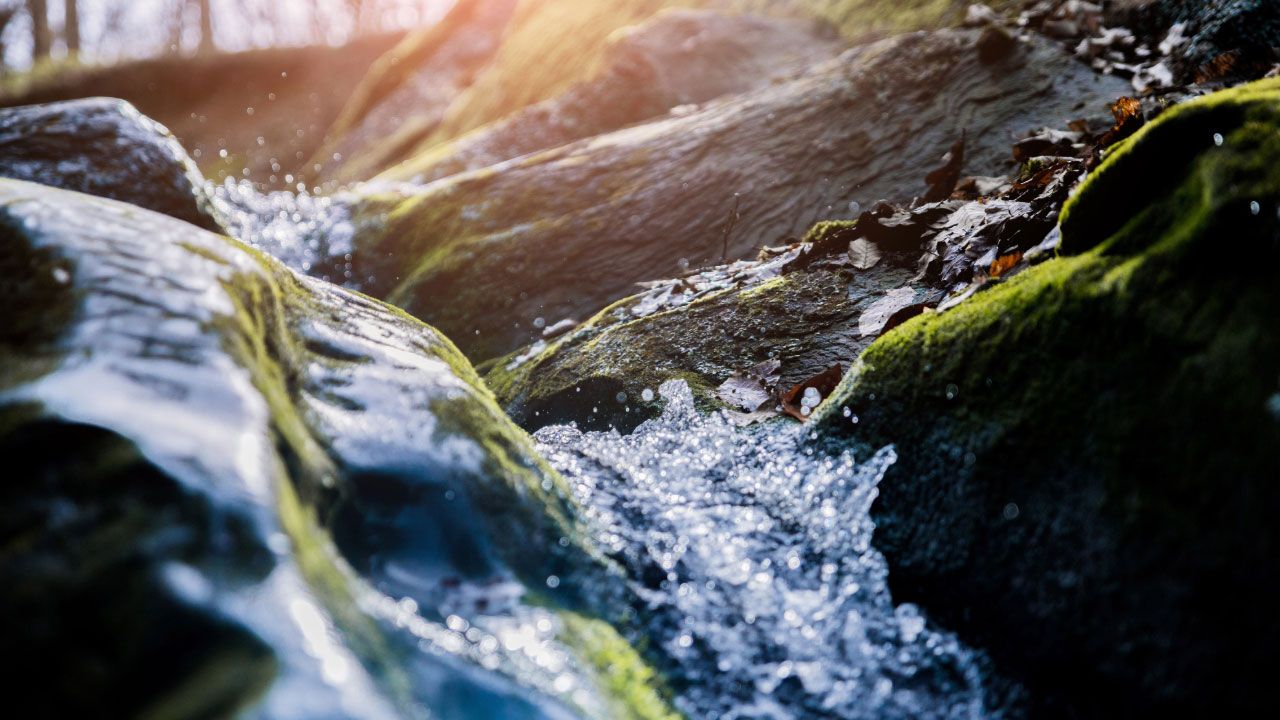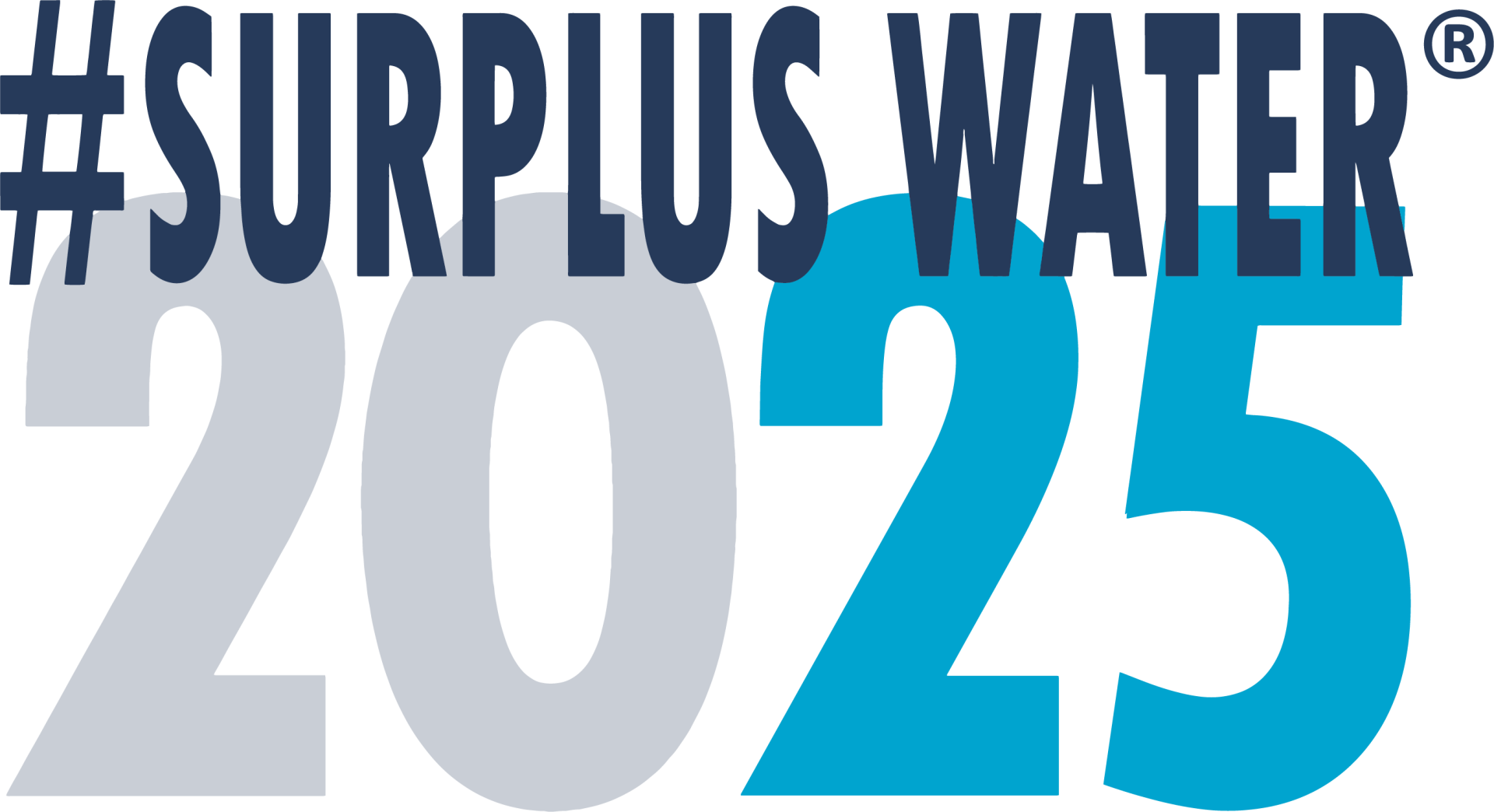The Way of Water. Understanding it is the first step to saving it
Jan 23
/
Aldert Brink

Global water scarcity is a growing concern, threatening the very fabric of human civilisation from disrupting food production to fuelling societal conflicts. Addressing the challenges of water scarcity around the globe is quite intimidating; in fact dealing with water-problems, even on a small scale, can be a nightmare.
But despair is not the answer. Instead, let's turn to the lifeblood itself, water, and dissect its complex essence through the lens of the WATER acronym, unearthing insights and forging a path towards a future where this precious resource sustains our planet and every living being upon it.
W - Web
A - Ambiguous
T - Transform
E - Erratic
R - Risk
W - WEB
Water is a web or network of interconnected complex systems that has a huge influence and impact on each other. The cycle of water can be explained with a simple diagram showing vapour from the ocean and surface water condensing when it rises forming clouds. The rain that falls from the clouds become streams, streams form rivers which flow into dams and ultimately back into the ocean. Knowing that the water we have now is the same as the water the dinosaurs had, with only slight variations in the water cycle, does not make it less complex. We don’t always think of water as the same amount only in a closed system. This complex system is a whole made up of interrelated parts. These parts are connected to one another in an intricate network of relationships. The simple water cycle diagram is in the end, not as straightforward as it seems.
The whole is much bigger than the sum of its parts. To put it simply - on a planet consisting of around 70% water, of which only 2,5% is fresh water, adding an estimated 8 million species in the natural world and just more than 8 billion people with political-, economic-, and environmental concerns, the web of water networks and water cycles is obviously very complex.
A - AMBIGUOUS
The world is an ambiguous place. People’s understanding of life and the challenges and opportunities that life presents are understood and explained in many different ways. In fact, the meaning of the word ambiguous is that a subject is open to multiple interpretations or does not have an obvious meaning. A discussion on water for example gets influenced by the network of the individual experiences and perspectives of each participant in the conversation. Talk to a politician or a scientist about global warming and you would quickly see the contrasting approaches they will propose to address the issue. Include an economist in the discussion and we’ll have an interesting conversation. The child in rural Africa walking miles to collect water from a river. The farmer’s delight at the first rain after a season of drought. The night shift nurse’s solace in a sunrise beach stroll. We all have a unique relationship with water.
Every person in any conversation will be likely to hold certain biases concerning the subject on the table. When you think of water scarcity, what is the first thing that comes to mind? Some would say we are destined for failure, others will see a glimmer of hope, and some will downright deny that there is a problem. Those of us in pursuit of a solution will bring an array of proposals to the table, ranging from alternative water sources to demand-side water management endeavours. The solution to water scarcity is open to more than one view, we all have to listen and be listened to.
T - TRANSFORM
Water plays an essential role in the formation and transformation of this planet. This happens because water itself gets transformed indefinitely. Water can be found in three phases: liquid, gas and solid. Phase transition is when a substance transforms from one phase to another. By adding or removing energy, water transitions from one phase to the other. Heating and cooling are ways of adding and taking away energy. We experience this transition on a daily basis; sometimes unknowingly. For example, we know that a phase transition in the natural water cycle occurs when enough water vapour in the air condenses to form clouds and can precipitate in the form rain. The resulting surface runoff erodes rocks and soil and over the course of billions of years transforms a flat terrain into landscapes like valleys, canyons, and rivers. The phase transition from liquid to solid state can also serve as a beautiful example of how water transforms one landscape into another. Water penetrates small cracks (fissures) in rocks and will widen these cracks, because water expands upon freezing. Thus, through the mechanism of freezing and thawing, water shapes and transforms landscapes by breaking rocks.
Humans utilise the transformative power of water. A simple example is the generation of electricity by heating water to run steam turbines. We use water to transform arid areas into beautiful productive farms or lush gardens. Without water we will not be able to transform small settlements into great cities, or a small business into a great company. Water still transforms this planet, and us.
E - ERRATIC
Despite our efforts to live in an organised world, it is erratic at best. So is water. The way of water is more volatile than the way of the sun. Unlike the sun that rises and sets at a predictable time, water has a way off its own. It will always seek the path of least resistance to run to the lowest level possible. Water plays an enormous role in climate. When you read up on the factors that naturally influence global- and local climate, water has an inherent and external influence. Forecasting weather patterns for a local area with absolute certainty is not possible. Water can surprise us with a torrential downpour of a flash flood or a dazzling display of colors in a rainbow. Or both.
The erratic behaviour of water can make it difficult to manage. An everyday example is a water leak. Some leaks are visible, but there are many leaks where water has found a shortcut to the nearest river, stream or groundwater body. Humans have already been managing water for thousands of years. Or we are at least trying to. Transporting and preserving water in a calabash, ostrich egg, or clay pot and irrigation systems enabling agricultural production. The intricate network of pipes, pumps and purification of a big city. We can regulate water to a certain degree, but pipes burst, canals overflow and a calabash, ostrich egg, and clay pot are fragile. We store water in dams and reservoirs, but both are dependent on good rainfall in the catchment area of its source.
R - RISK
Water is at risk. Water scarcity is no longer a distant threat; it's a pressing reality, especially in South Africa. Globally water scarcity is gaining increasing prominence on the agenda, but we cannot only have it on the agenda anymore. It is time for action. The situation is as volatile as water itself. Things can change for the worst in an instant. If Gauteng should experience a drought to the likes of the Western Cape in recent years or the drought experienced in the Eastern Cape and the water supply crisis to its capital Gqeberha, it will bring the economical hub to its knees. The situation is complex, but the message to South Africans should not only be one of doom and gloom. Yes, there would certainly be ambiguous feelings and opinions, but taking collective action and working together makes the difference. We should listen to each other, get up, take hands and take action. Climate change, water scarcity, food security and energy supply brings uncertainty about the future. But we certainly have today and can make a difference for water. Being a water steward may ask you to take some risks for Water, be that as an individual or company.
Just as water has always been a constant presence in our lives, supporting all life on Earth, it is now our turn to be steadfast in our commitment to preserving this precious resource. While being a water steward may require some personal sacrifices, the long-term benefits for our planet and the generations to come far outweigh any initial discomfort.
Every individual and every organisation has a role to play in ensuring a sustainable future for water. By taking small steps to conserve water in our daily lives, we can collectively make a significant difference. Let us embrace the challenges of becoming water stewards, knowing that our actions will safeguard this essential element for all living beings.
Remember, water has always been there for us, nurturing and sustaining life. Now, it's time for us to rise to the occasion and be there for water.
Together, we can create a water-secure world, a legacy of care and responsibility that will resonate for years to come. Let us make water stewardship our collective mission, ensuring that our planet's lifeline remains a source of life, prosperity, and hope for all.
We believe that everyone has a role to play in protecting our Water Resources.
Check out our blog series on The 5 R's of Water Responsibility as we dive a little deeper into Remind, Reduce, Reuse, Recycle & Recharge.
Empty space, drag to resize
Join the conversation
Follow us on Facebook or Instagram for more Stories of Water.
Empty space, drag to resize
Who we are
A community of water warriors, working together to raise water awareness, saving every drop and together, aiming for surplus water in South Africa.
Get in touch
-
South Africa, Earth :)
-
droppie@surpluswater2025.com
#SurplusWater2025 Copyright © 2025
